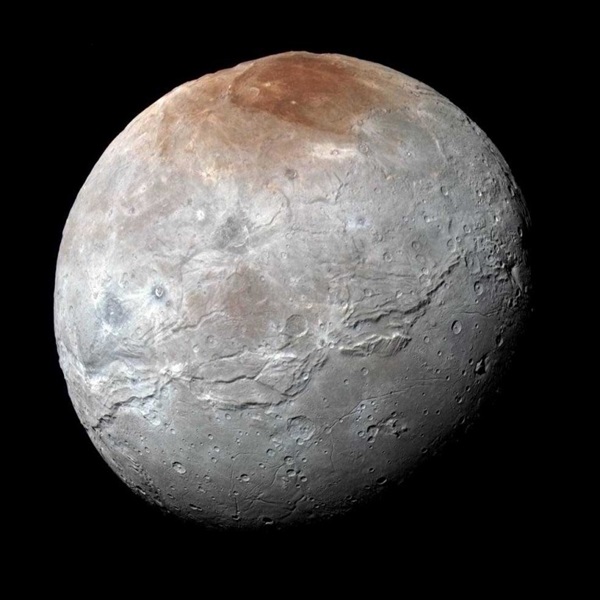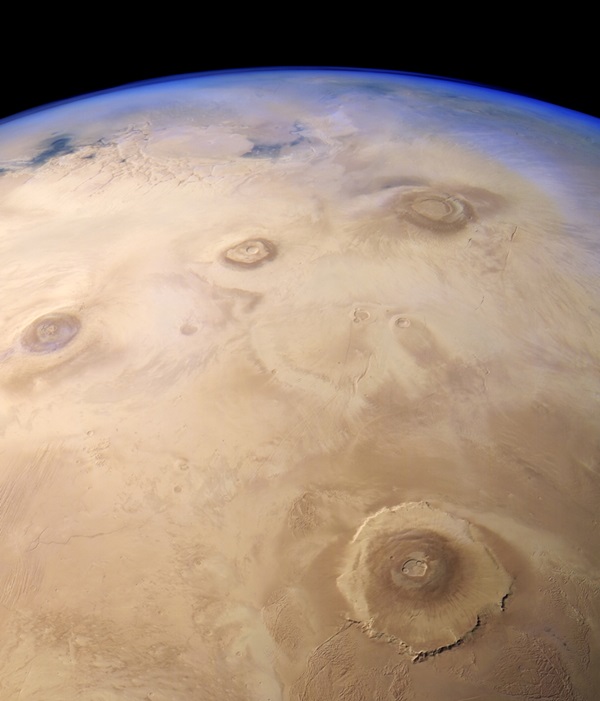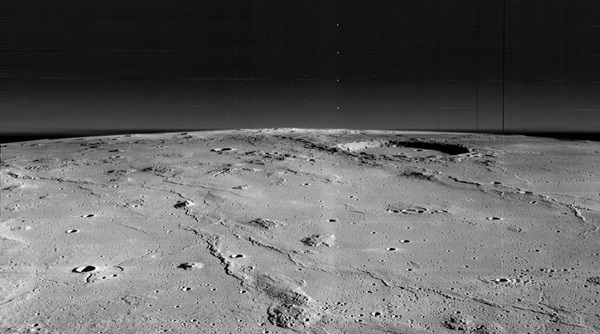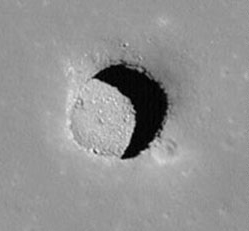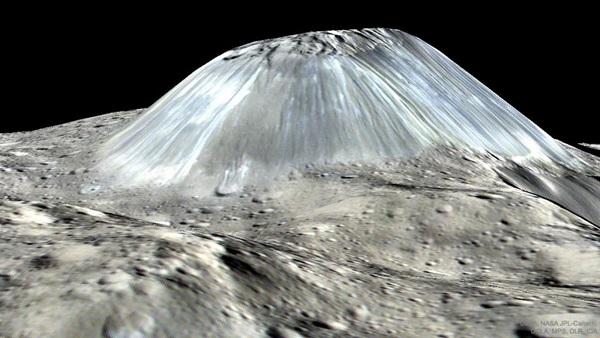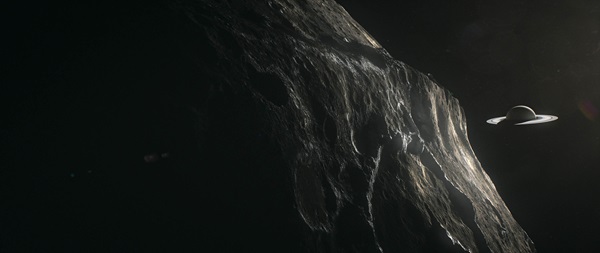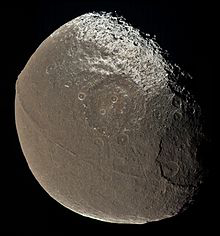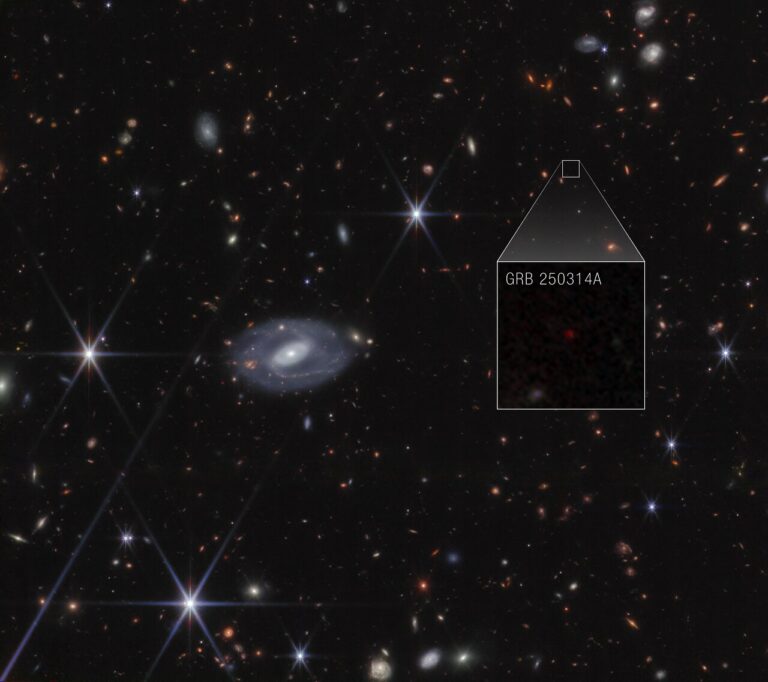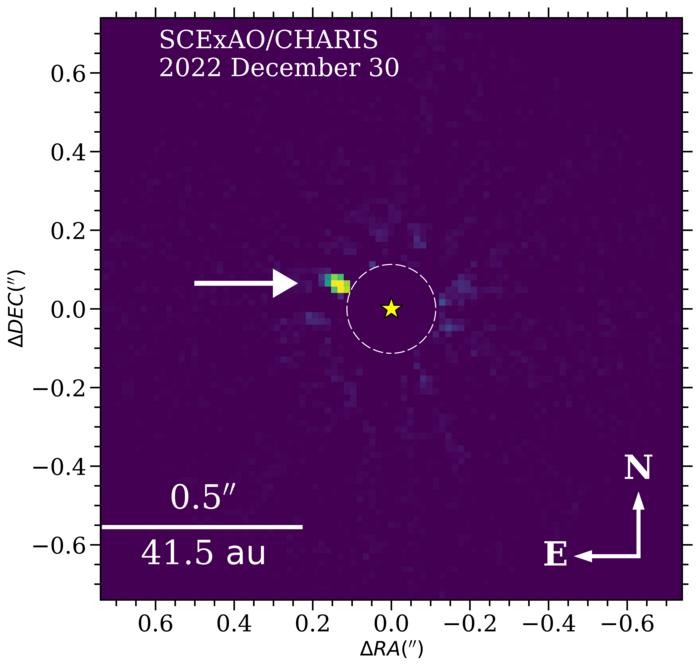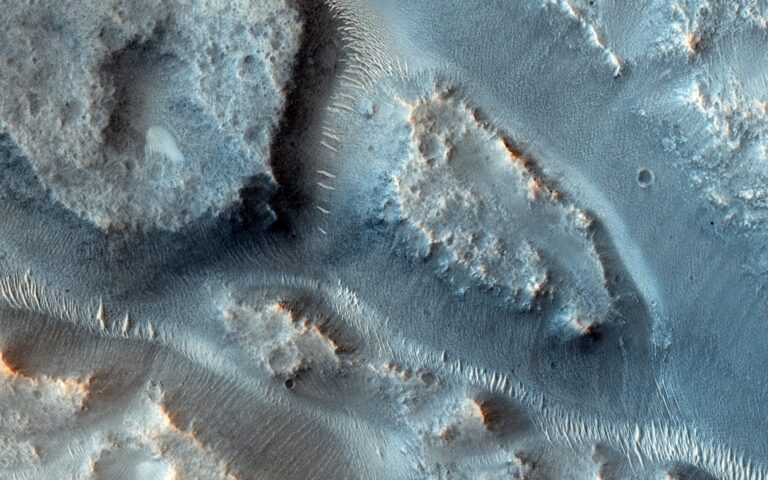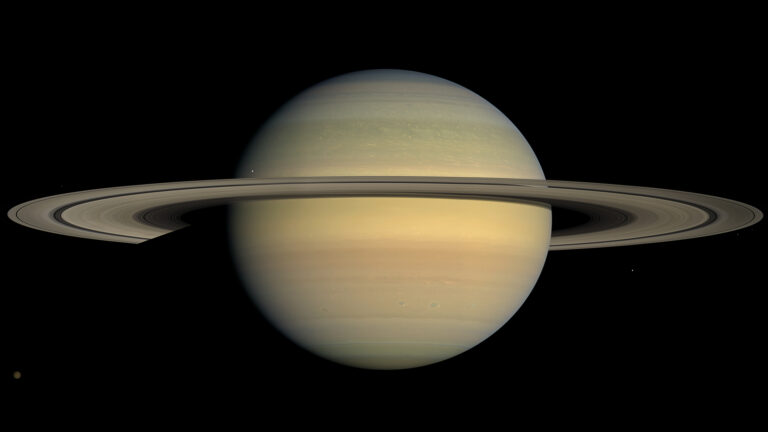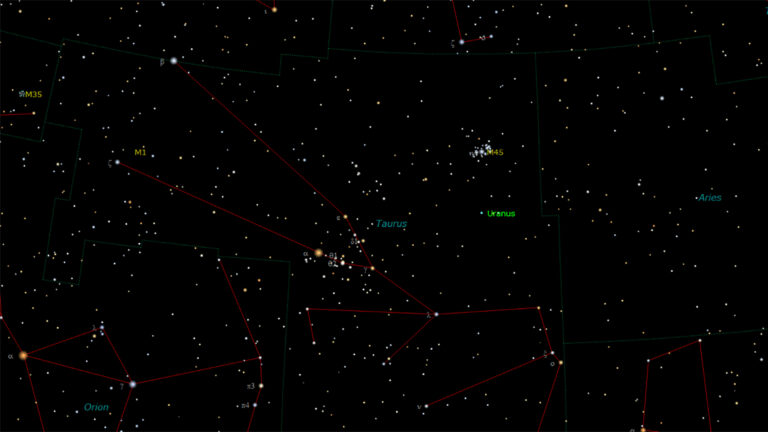Key Takeaways:
- Future deep-space exploration is envisioned to include traversing unique geological features across the solar system, provided advancements in technology, protective gear, and provisions overcome the harsh extraterrestrial environment.
- Key destinations highlighted include Pluto’s moon Charon, featuring the extensive Serenity Chasma formed by the expansion of a freezing subsurface ocean, and Mars’ Olympus Mons, presented as a climbable, gradually sloped shield volcano of immense scale.
- The Moon’s Marius Hills are identified as a prime location for future day hikes amid ancient volcanic terrain, with deep lava tubes offering potential sites for human habitation protected from space radiation.
- Additional unique monuments for future exploration encompass Ceres' solitary cryovolcanic Ahuna Mons, formed from frozen mud, and Iapetus' distinctive equatorial ridge, hypothesized to result from collapsed sub-satellites or rapid early rotation, offering unique celestial vistas.
Space is harsh. From damaging radiation to deadly gases and drastic temperature changes, pretty much any environment beyond Earth can kill you at a moment’s notice. Yet our cosmic backyard boasts natural wonders that rival the greatest found on terra firma.
And, one day, when we have the technology for deep-space rocket launches, suitable protective gear, and enough provisions to last the average hiker, and any number of X factors – lucky adventurers may get to hike these solar system monuments.
It’s a far future vision, of a sort of Interplanetary Parks Service, where an extraterrestrial great outdoors beckons you toward adventure.
The Grandest Canyon
Travel to Pluto’s moon Charon and one feature really sticks out: Serenity Chasma, a 620-mile (1,000 kilometer) long canyon stretching across the surface. It reaches depths of 5.6 miles (9 km), giving it an abyss far greater than the just-over-a-mile-deep Grand Canyon National Park in Arizona.
Consider Serenity Chasma the grandest canyon any hiker could traverse, and with the proper provisions, the hike of a lifetime that would take months to complete the entire stretch. But hey, it’s less than one-third the length of the Appalachian Trail.How, exactly, did such a big feature form? Charon was probably once an ocean world, like Europa and Enceladus, fellow outer solar system moons circling Jupiter and Saturn.
But over time, Charon’s internal heat settled down, freezing the ocean below. That process would have forced the moon to bulge out in certain areas. And its surface, which may once have been a relatively smooth ice shell, cracked as the water ice expanded, acting like a soda can left in the freezer.
That expansion left a giant scar across the surface of the world.
Easily climb the solar system’s tallest mountain
On Mars, one peak towers tall over all others: Olympus Mons. Its the highest mountain on any planet in the solar system* with a summit stretching 13.6 miles (20 km) high, or 2.5 Mount Everests.
But while Everest is an endeavor to climb, rising dramatically high up into the sky, Olympus Mons rises up gradually, roughly five degrees at a time.
That means that you could ascend one of the mightiest mountains in the solar system with only moderate hiking skill. While it takes multiple small hauls to acclimate to Everest’s air pressure decreases, there’s already no air on Mars, so you’ll already be carrying your own oxygen.
At the end of the journey, you could say you hiked up and back down a mountain the size of France.
*Rheasilvia, a mountain on the asteroid Vesta, is 14 miles (22 km) high.
The hills of the Moon
If Apollo 15 hadn’t landed at Hadley Ridge, and had instead chosen the alternate Moon landing site in the Marius Hills, humans may have already hiked our next destination.. The Marius Hills sit within Oceanus Procellarum, the largest of the lunar “seas.” Here, as the name implies, a series of small hills dot the landscape, creating the perfect playground for a series of day hikes, and ancient volcanic rocks aplenty for the amateur geologists.
And while the regions’ ridges would make for interesting exploration, the real selling point are the volcanic tubes. At least one — now known simply as the Marius Hills Hole — is nearly 300 feet deep, giving a potential hub for human habitation.
Just imagine: you hike the hills by day, potentially exploring shallow canyons nearby. And at night, you return to your camping lodge, a pressurized outpost protected from the harsh radiation of space. A 200-foot dome at the top of the ancient lava-formed feature stares back at Earth and the stars.
Not only is the area home to some of the best hiking in the solar system — it’s some of the best lodging, too.
The loneliest mountain
Mountains are plentiful on Venus, Mars and Earth. It makes sense. Each of these planets has a rich geological history — the kind that gives rise to volcanoes and mountains and more. So, there are multiple choices of mountain hikes on these three planets. But on a dwarf planet called Ceres, the largest asteroid in the asteroid belt, there’s one — and only one — choice.
Meet Ahuna Mons. It’s about 2.5 miles (4 km) high, and it stretches about 12 miles (20 km) wide. It was likely formed when frozen mud pushed its way to the surface of Ceres, piling up into a high mountain made of salt, water ice, clay and other minerals. All this happened only a few hundred million years ago, making it also one of the newest hiking options beyond Earth.
Just imagine: Thanks to gravity just a fraction of Earth’s and the gradual slope of Ahuna Mons, you could scale the only mountain of an ancient protoplanet, staring across its highest point, knowing that you’re walking on the dust-encrusted surface of what was once an ocean world.
Iapetus’ equatorial divide
Lots of intrepid hikers want to explore America’s Continental Divide, the area in the Rocky Mountains (and several other mountain ranges) where our continent buckles, leaving beautiful terrain in its wake. It’s a gateway to the Western United States.
But North America’s Continental Divide has nothing on the equatorial ridge of Iapetus, which divides an entire world for an 800 mile (1,300 km) stretch, encompassing three-quarters of the equator.
If you started at one end, you’d make the gradual climb up one the ridge’s edge, eventually scaling to heights of 12 miles (20 km). In some areas, a thick gunk dominates your view — probably material thrown off from Phoebe, a nearby moon that rains onto the surface of Iapetus.
But when you glance skyward toward Saturn, you’ll get a view that other large moons in the system just can’t match — Saturn’s glimmering rings. Go ahead, snap a picture or three. Maybe even a selfie.So what made this unusual formation? Hypotheses vary, but at least one suggests that it could be from the collapse of a brief series of sub-satellites (that’s right, moonmoons) that fell back along the equator of Iapetus, creating the giant ridge seen today.
Another idea is that it may have also formed thanks to an early rapid rotation rate that threw it out of a round shape. It could have even seen a similar ice buckling to Charon.



